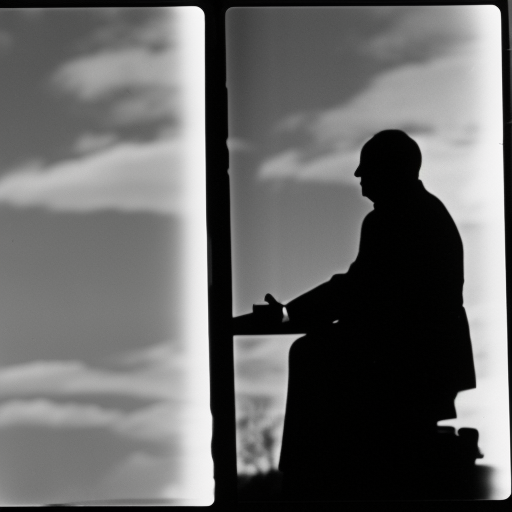Mikhail Gorbachev: The Architect of Perestroika and Glasnost
Mikhail Gorbachev, born on March 2, 1931, in Privolnoye, Russia, was a prominent Soviet politician who served as the General Secretary of the Communist Party of the Soviet Union from 1985 to 1991. Gorbachev is best known for his role in implementing significant political and economic reforms in the Soviet Union, which ultimately led to the collapse of the Soviet empire and the end of the Cold War.
Early Life and Rise to Power
Gorbachev was born into a peasant family and grew up during the tumultuous years of World War II. He excelled academically and joined the Communist Party in 1952. Gorbachev quickly rose through the ranks of the party, becoming the leader of the Soviet Union’s youngest region, Stavropol, in 1970. His success at the regional level caught the attention of the Soviet leadership, and he was appointed to the Politburo, the highest decision-making body in the country, in 1979.
Perestroika: Restructuring the Soviet Economy
Upon assuming power in 1985, Gorbachev faced a stagnant Soviet economy burdened by inefficiency and corruption. In an effort to revitalize the economy, he introduced a series of reforms known as perestroika, which aimed to decentralize economic decision-making and introduce elements of market competition. Gorbachev also sought to improve relations with the West and reduce military spending to redirect resources towards the civilian sector.
Glasnost: Opening Up Soviet Society
In addition to economic reforms, Gorbachev implemented a policy of glasnost, meaning “openness,” which aimed to increase transparency and public participation in Soviet society. This policy allowed for greater freedom of speech, press, and political expression, leading to a relaxation of censorship and the release of political prisoners. However, it also exposed the deep-seated problems and discontent within Soviet society, as long-suppressed grievances and nationalist aspirations resurfaced.
Challenges and Opposition
Gorbachev’s reforms faced significant opposition from conservative elements within the Communist Party and the Soviet establishment. Many party members and officials were resistant to the changes, fearing a loss of power and control. Gorbachev’s attempts to balance reform and maintaining party unity often resulted in policy compromises that hindered the effectiveness of his reforms.
The End of the Soviet Union
Despite his efforts to reform the Soviet Union, Gorbachev’s policies inadvertently accelerated its collapse. The loosening of state control and the opening up of society unleashed forces that Gorbachev struggled to contain. Nationalist movements in the Baltic states and other regions gained momentum, demanding independence from the Soviet Union. The economic reforms also led to widespread shortages and inflation, further eroding public support for the regime.
The Fall of the Berlin Wall and the Cold War
One of the most iconic moments of Gorbachev’s tenure was the fall of the Berlin Wall in 1989. The opening of the wall symbolized the end of the Cold War and the division of Europe. Gorbachev’s policy of non-intervention in Eastern European countries allowed for peaceful transitions to democracy in countries such as Poland, Hungary, and Czechoslovakia. The collapse of the Soviet Union itself came in 1991 when a failed coup attempt by hardline Communists further weakened Gorbachev’s position and led to the dissolution of the Soviet state.
Legacy
Mikhail Gorbachev’s legacy is complex and controversial. While he is widely credited with bringing about significant political and social change in the Soviet Union, his reforms ultimately led to the disintegration of the country he sought to reform. Gorbachev’s efforts to modernize the Soviet Union and improve relations with the West had unintended consequences, and he has been both praised as a visionary and criticized for the chaos and uncertainty that followed his tenure.
In conclusion, Mikhail Gorbachev’s leadership marked a turning point in Soviet history. His policies of perestroika and glasnost aimed to reform the Soviet economy and open up Soviet society, but ultimately led to the collapse of the Soviet Union and the end of the Cold War. Gorbachev’s legacy is one of both transformation and turmoil, leaving an indelible mark on the history of the 20th century.












